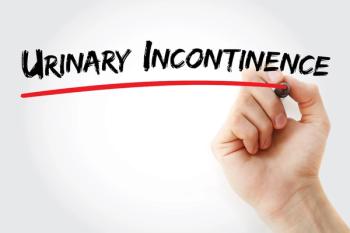
Study Finds Medical Financial Burden in Nongroup Market Declined, 2013-2015
Medical financial burden has been highest for families in the nongroup market. After the implementation of the Affordable Care Act, the share of families experiencing financial burden declined 6.7 percentage points, Health Affairs study finds.
From 2013 to 2015, the share of of nonelderly people in the nongroup health insurance market experiencing medical financial burden declined by 6.7 percentage points, according to a
Before the Affordable Care Act (ACA), people in the nongroup market were more likely to experience medical financial burden (ie, a family spending more than 10% of income on premiums and out-of-pocket costs). In 2013, financial burden among families with all members younger than age 65 who purchased health insurance in the nongroup market was 44.9%. That share declined significantly to 38.2% in 2015.
The researchers analyzed data on 452,404 individuals for 2013 to 2015 from the Current Population Survey Annual Social and Economic Supplement. They defined coverage at the individual level, but spending at the family level.
The overall level of medical financial burden was 18% for all families in 2013. It was lowest for the uninsured (12.3%) and highest for the nongroup market (44.9%). The year the marketplaces first opened, the rate of financial burden for those in the nongroup market declined 8.5 percentage points.
The authors noted that the percentage of nonelderly with medical financial burden did increase slightly from 18% in 2013 to 18.8% in 2015. They attributed this to the shift from being uninsured, which had the lowest burden, to being insured, where the burden is higher due to premiums.
“That is, once people become insured, they face new expenses from premiums along with incentives to use more care because of a reduction in the price of care at the point of service,” the authors wrote.
They also looked at the medical financial burden for people in the ACA marketplaces who were eligible for subsidies. They found that the burden declined 10 percentage points among nongroup consumers who were eligible for the subsidy. Even the uninsured eligible for a subsidy had a 1.6-percentage-point decline.
Limitations for the study included that data in the survey are self-reported, and thus subject to errors. However, the Current Population Survey was used because it had data from 2015 available and the data compared favorably to those from the Medical Expenditure Panel Survey. Another limitation was that estimates were based on redesigned income measurement and health insurance questions, which makes data for 2012 and earlier inconsistent with later data.
It is important to note, that despite the reduction in burden, more than one-third of people in the nongroup market still lived with medical financial burden in 2015.
“As the administration of President Donald Trump and Congress consider reforms—including new legislation or alternative regulations—it will be important to examine how the potential options affect affordability,” the authors concluded.
Newsletter
Stay ahead of policy, cost, and value—subscribe to AJMC for expert insights at the intersection of clinical care and health economics.





























































